Calosoma (Carabomimus) striatulum Chevrolat, 1835
C. striatulum can be placed near C. costipenne, because, as happen in this species, its pronotum has only slightly arched sides, and the apex of penis is characterized by a clearly visible hatched ledge.
As it happens with C. costipenne, C. striatulum has a squat shape with elytra rather short, but his pronotum is much more transverse than in the other species of the subgenus Carabomimus. The characteristics of sculpture of elytra vary widely in different populations: almost perfectly smooth (libresensis); more or less markedly striated (striatulum); with deep, usually not confused striae (striatipenne). Jeannel, indicating the allopatry of striatulum and striatipenne, had considered these populations as subspecies (among which he included also cicatricosum that now we consider as distinct species). Later Gidaspow, based on the sympatry that she observed on long series of specimens, has ranked them as distinct species, but this conclusion is not supported by more recent findings.
The distribution area of C. striatulum, which we consider as a single species, is typically a western one. C. striatulum is found, at various altitudes, on the volcanic mountains in the states of Veracruz, and Puebla, changing, in some cases, its size according to altitudinal belts, and presenting, in different localities, more or less significant modifications in the sculpture of elytra. Thus we find larger specimens at lower altitudes, while the sculpture of elytra passes from smooth or with faint striae to one with more visible intervals.
We therefore can distinguish two population groups that could be considered sub-species: C. striatulum striatulum, the typical form, with a wider distribution area and that is characterized by weaker, almost obliterated, sculpture and C. striatulum striatipenne more localized and with rougher but regularly aligned sculpture.
Calosoma (Carabomimus) striatulum striatulum Chevrolat, 1835
Calosoma striatulum Chevrolat, 1835: 165 (type locality: Veracruz, Perote); type in coll. Hope, Oxford University Museum of Natural History (Jeannel, 1940: 227)
Carabomimus striatulus Kolbe, 1885: 57
Calosoma (Blaptosoma) striatulum Breuning, 1928: 49
Blaptosoma (Carabomimus) striatulus Lapouge, 1929-32: 390
Carabomimus striatulus Jeannel, 1940: 227
Calosoma (Carabomimus) striatulum Gidaspow, 1959: 289
Carabomimus striatulus libresensis Lassalle, 2009: 4 (type locality: North Puebla, env. Libres); holotype ♂ in coll. Lassalle, paratypes in coll. Lassalle and in coll. van den Berghe
Length 15-22 mm. The populations we collect in C. striatulum striatulum are characterized by the sculpture of elytra at most with faint striae.
One of these populations, of lower altitudes, with slightly larger individuals (20-22mm.) with almost smooth elytra (libresensis), was recently described by Lassalle (2009: 4). This population occupies an area in the north of Puebla state between Huauchinango and Libres (Lassalle & van den Berghe, 2011b: 298), and, basing in old captures, it should be present also in the neighboring areas of Hidalgo.
As we have already noted, the distribution area of C. striatulum is typically a western one, between Orizaba and Cofre de Perote, going to the north up to Huauchinango and penetrating into Hidalgo. On the contrary, the quotation (Gidaspow 1959: 290) concerning C. striatulum from Guerrero, it is quite unlikely. Similar quotations are probably quotations from ancient authors, based on inaccurate localities, or incorrect determinations.
Examined specimens and literature’s data
Mexico. Puebla: Libres (paratype of libresensis; SB); Huauchinango (Lassalle & van den Berghe, 2011b: 298), Pico de Orizaba western slopes (SB); Esperanza (Gidaspow, 1959: 294); Vera Cruz: Jalapa (= Xalapa) (SB), Nueva Vaqueria (GP), Cofre de Perote eastern slopes, m 3000 (GP, SB), Los Altos, 3050m (TL), San José Aguazuelas, 2600m (AVT); Hidalgo: Acaxochitlan (SB)
Notes: Brachypterous. It lives at an altitude of 2400-3100m in pine forest, clearings, pastures, tilled field and disturbed areas. According to the examined material, adult active individuals have been found in July and August, but it should be active also in May according to Erwin (2007: 91, 105).
 Chevrolat, 1835 Mexico, Northern Puebla, around Libres VII.2007 (paratype Carabomimus striatulus libresensis Lassalle, 2009) |
 Chevrolat, 1835 Mexico, Hidalgo, Acaxuchitlan, (H. W. Bates, Biol. Cent. Amer.) |
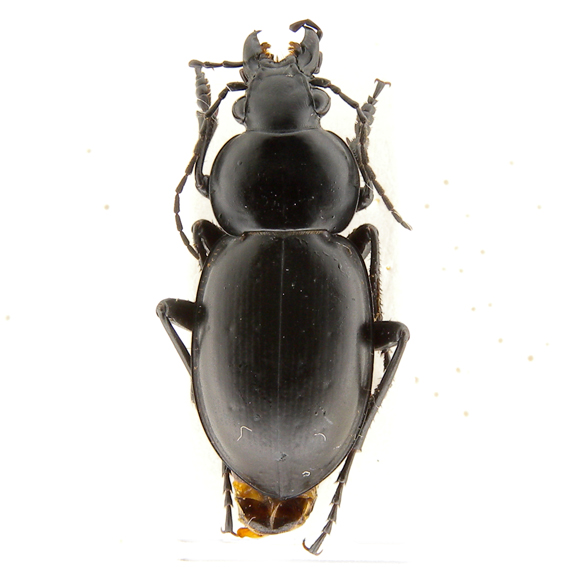 Chevrolat, 1835 Mexico Vera Cruz, Mt. Cofre de Perote eastern slopes, Los Altos 3050m, VII.2007, ex coll. Lassalle |
 Chevrolat, 1835 Mexico Vera Cruz, Mt. Cofre de Perote eastern slopes, Los Altos 3050m, VII.2007, ex coll. Lassalle |
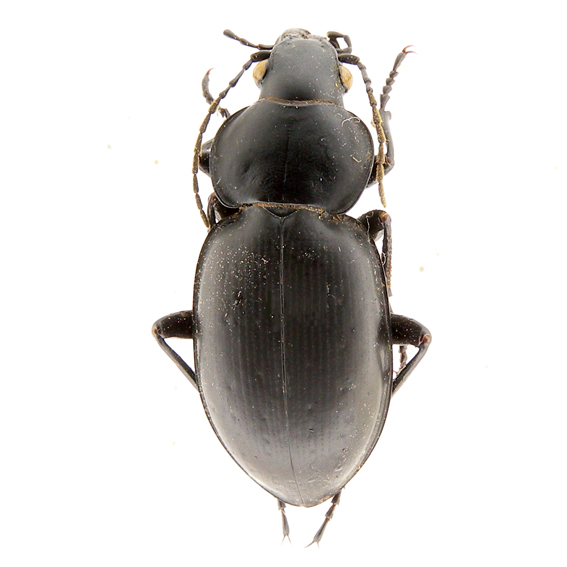 Chevrolat, 1835 Mexico, Vera Cruz: Jalapa, Höge, (H. W. Bates, Biol. Cent. Amer.) |
Calosoma (Carabomimus) striatulum striatipenne Chaudoir, 1869
Calosoma striatipenne Chaudoir, 1869: 373 (type material: unspecified number of specimens from Puebla); lectotype ♂ designated by Deuve (1978: 251) in Muséum National d'Histoire Naturelle, Paris [examined]
Calosoma striatipenne var. dubitatum Géhin, 1885: 66 note 71 (described from: Mexico); lectotype ♀ designated by Deuve (1978: 253) in Muséum National d'Histoire Naturelle, Paris [examined]
Calosoma (Blaptosoma) striatulum striatipenne Breuning, 1928: 49
Blaptosoma (Carabomimus) striatulus striatipennis Lapouge, 1932: 390
Carabomimus striatulus striatipennis Jeannel, 1940: 227
Calosoma (Carabomimus) striatipenne Gidaspow, 1959: 290
Calosoma (Carabomimus) striatipenne Erwin, 2007: 105
Length 17-20 mm. The population that we consider as C. striatulum striatipenne is characterized by the sculpture of elytra with raised and, more or less, parallel intervals.
Jeannel had indicated C. striatulum striatipenne of the surroundings of Puebla, with a much narrower distribution of the typical form. Later Gidaspow pointed to a much wider distribution and, based on the supposed presence in the same localities of striatulum and striatipenne, she considered them as two distinct species. However, while the latest researches of Lassalle & van den Berghe have confirmed the wide distribution of C. striatulum striatulum, C. striatulum striatipenne was found strictly localized in the mountain La Malinche about 20/25km. from Puebla.
However, we have to note that some specimens in the museum of Paris are indicated as coming from the state of Oaxaca, at least 150-200 km to the South. This data, if confirmed, could allow to suppose a wider and more southern distribution of this subspecies.
Examined specimens
Mexico. Puebla: Puebla (lectotype of striatipenne and holotype of dubitatum MNHN); La Malinche (SB); Oaxaca (MNHN)
Notes: Brachypterous. It lives at an altitude around 3000m. According to the examined material, adult active individuals have been found in July and August.
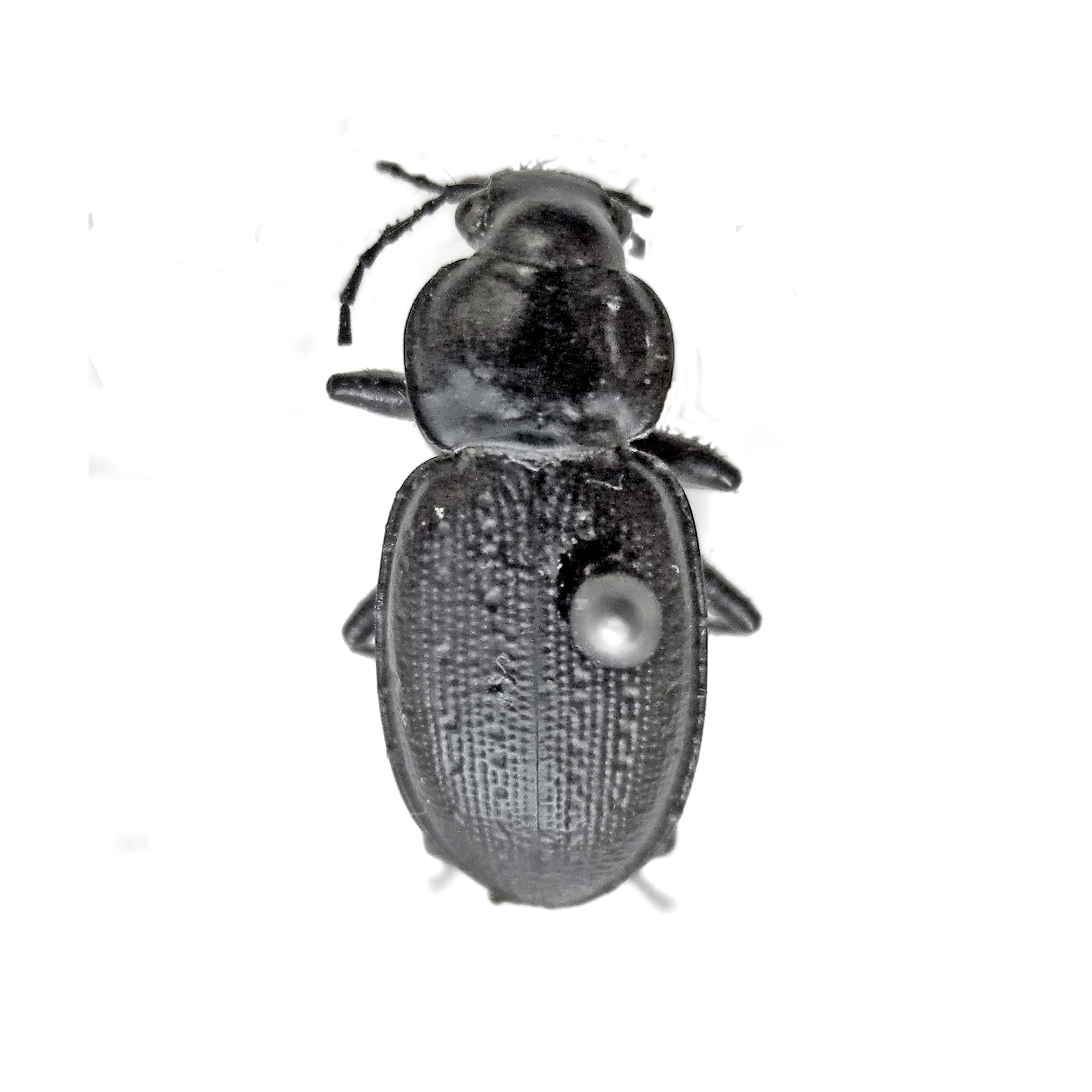 Chaudoir, 1869 Puebla (lectotype of Calosoma striatipenne) (coll. Muséum National d'Histoire Naturelle, Paris) |
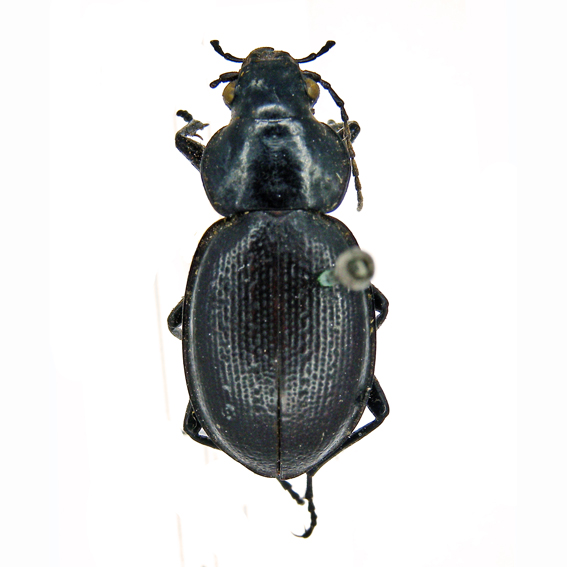 Chaudoir, 1869 Puebla (holotype of Calosoma dubitatum Géhin, 1885) (coll. Muséum National d'Histoire Naturelle, Paris) |
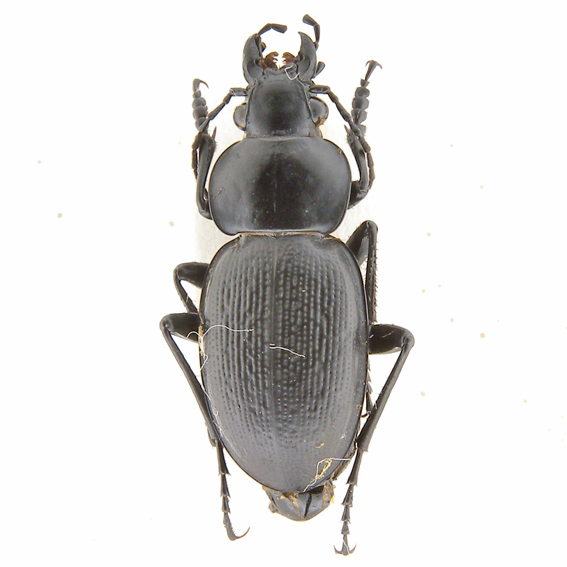 Chaudoir, 1869 Puebla San Isidro 2700m., La Malinque VIII.2007, ex coll. Lassalle |
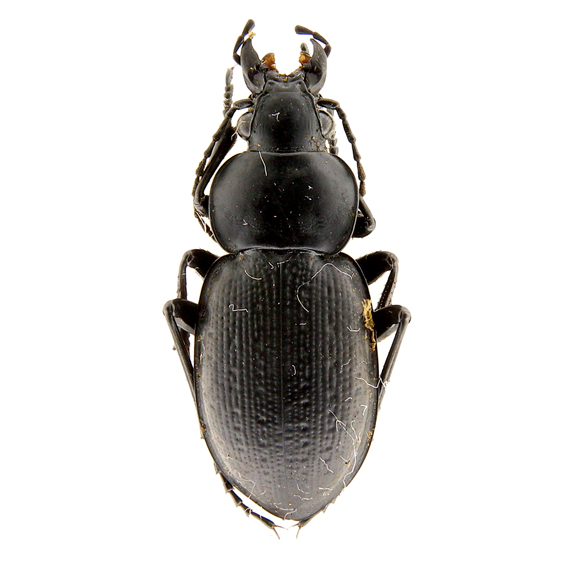 Chaudoir, 1869 Puebla San Isidro 2700m., La Malinque VIII.2007, ex coll. Lassalle |
 Chaudoir, 1869 Oaxaca, ex coll. Babault (coll. Muséum National d'Histoire Naturelle, Paris) |